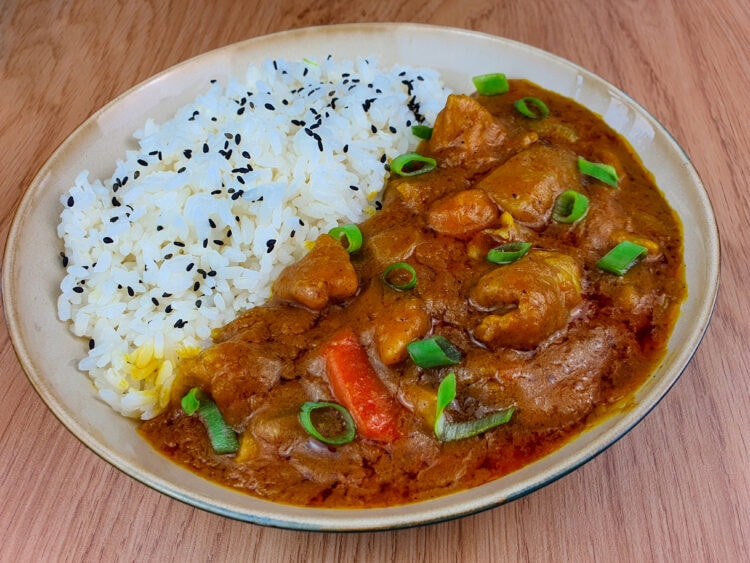A beloved spin on the Indian classic, Japanese cooks have made curry their own—and we couldn’t be happier!
This culinary staple is wildly popular in Japan; it’s even considered a national dish known as “kare raisu.” Walk into almost any Asian restaurant and you’ll find Japanese curry on the menu.
What Is Japanese Curry?
Japanese curry is a spiced, saucy dish made with meat, vegetables, and rice. There are plenty of variations: with chicken, beef, pork, fish…
In the traditional recipe, you mainly use onions, carrots, and potatoes, but nothing stops you from adding other vegetables or choosing whichever protein or type of rice you like—that’s part of the dish’s appeal! In this respect, it’s quite similar to Vietnamese chicken curry.
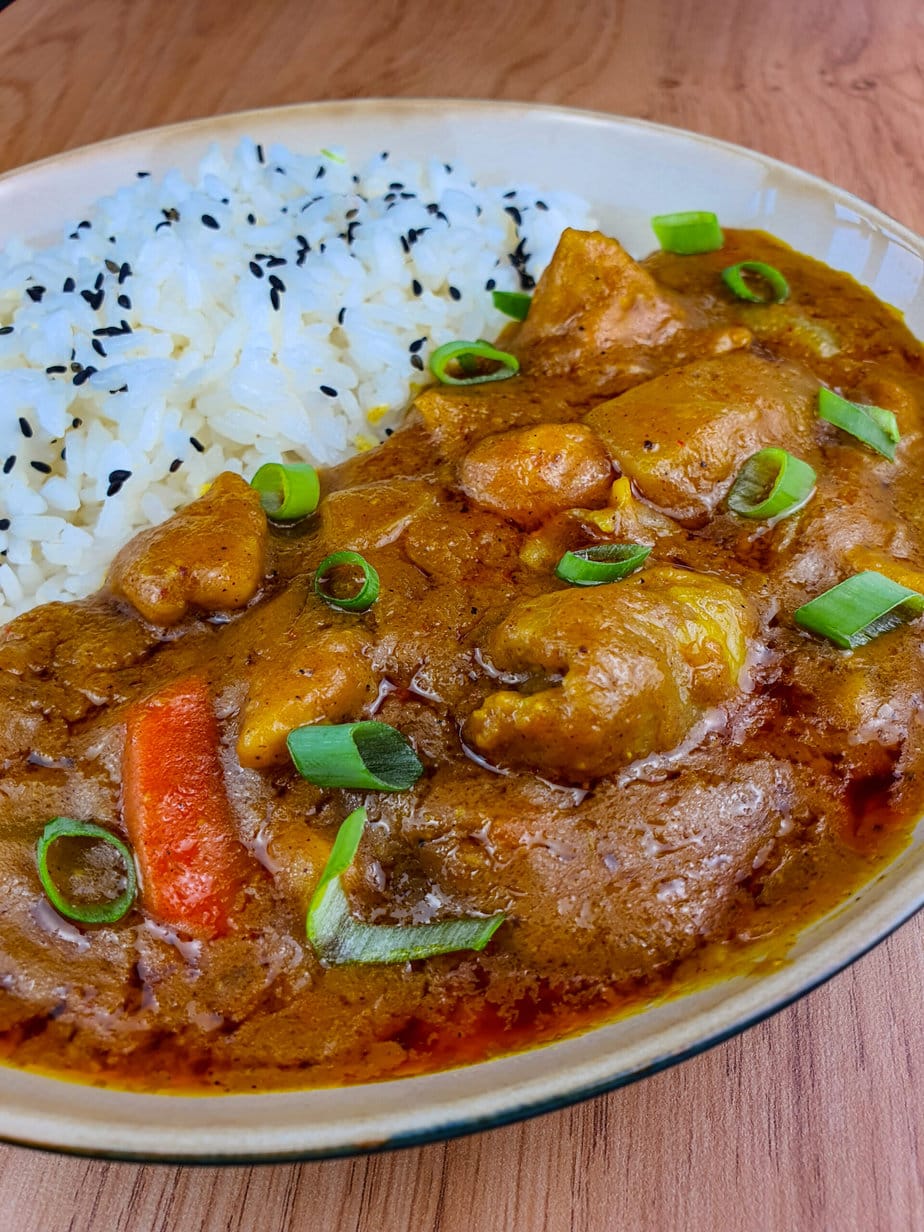
The ingredients are simmered in a thick, aromatic curry sauce, typically made with curry roux, stock, chopped vegetables, and spices. Sometimes it’s served with toppings like hard-boiled eggs, potato croquettes, cheese, or even fruit. It’s easy to make at home and is a total crowd-pleaser.
Origins of Japanese Curry
The story of Japanese curry dates to the late 19th century, when it was introduced to Japan by the British during the period when India was administered by the British East India Company. At the time, curry was considered foreign and exotic.
Over time, the Japanese adapted curry to their own culinary culture, using local ingredients and tweaking the recipe to their taste (pun intended!). In Japan it’s common to add grated apple to the sauce to give the curry a sweet, fruity note.
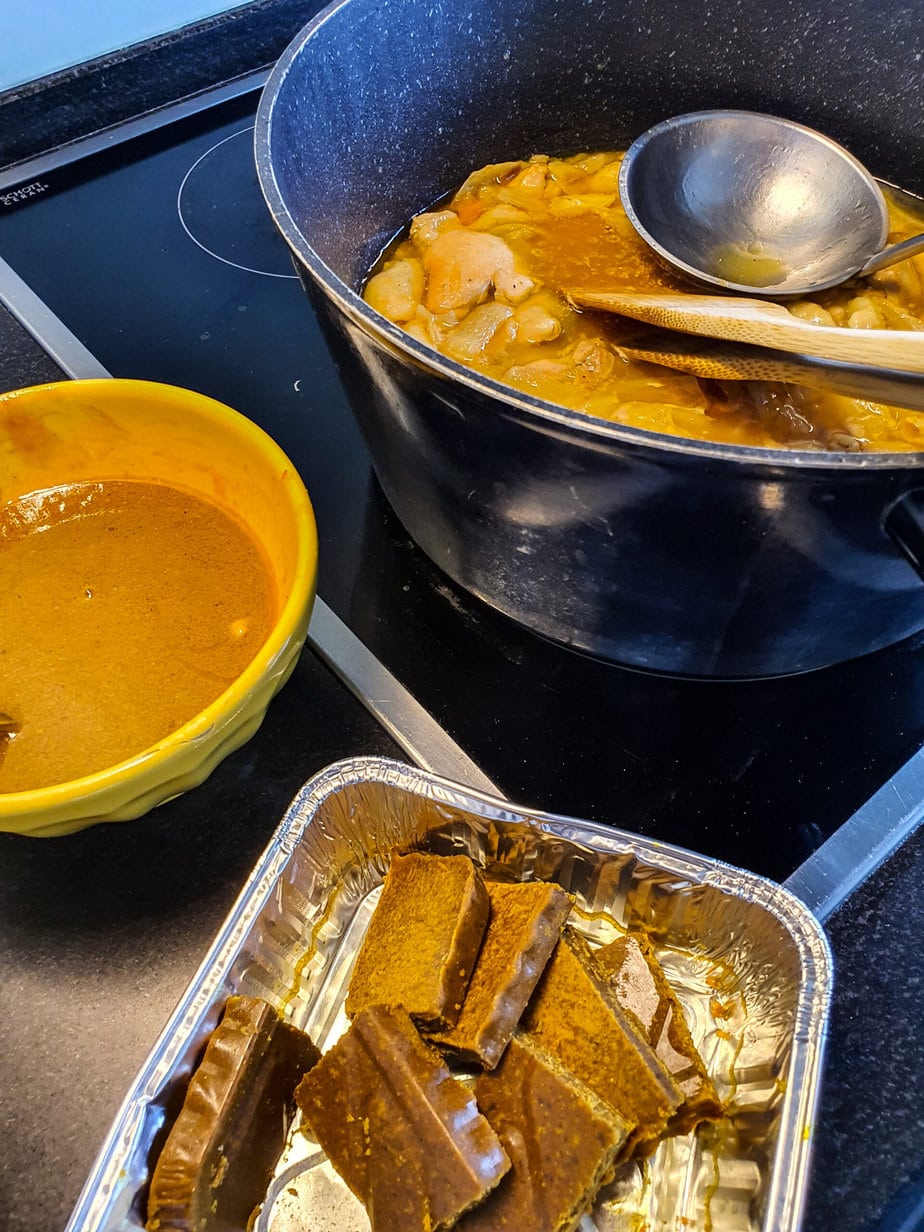
Japanese curry, or “kare raisu,” literally meaning “curry rice,” quickly became popular, even beyond national borders.
What Does Japanese Curry Taste Like?
Japanese curry has a unique taste that differs from Indian or Thai curry. It is often milder and thicker than other curries, with a mellow, slightly sweet flavor.
Of course, it all depends on the ingredients you choose. The base ingredients—onions, carrots, and potatoes—are already quite mild. Spices like turmeric, coriander, and cinnamon gently lift the dish, add a dose of umami, and perfume the sauce.
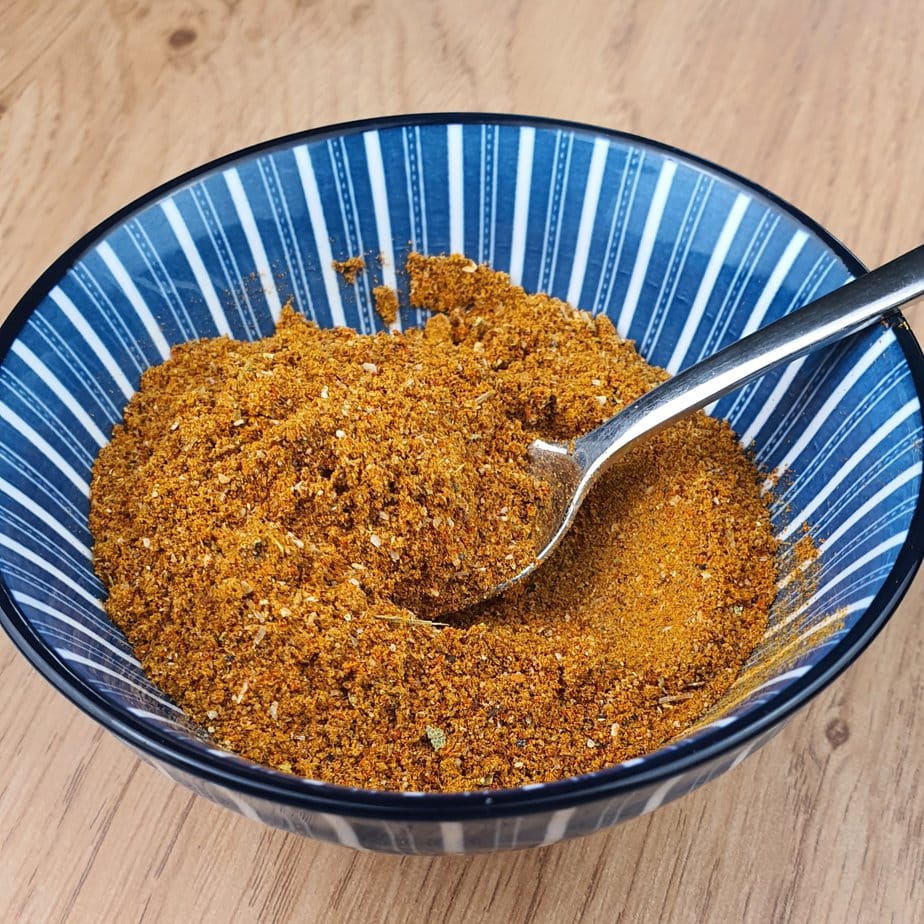
There are, of course, punchier versions if you opt for bolder flavors. Note that the taste of Japanese curry can vary by region and from family to family, so you’ll find subtle differences from one version to another.
Japanese Curry vs. Indian Curry: What’s the Difference?
Japanese curry and Indian curry differ in their ingredients, flavors, and consistency. Japanese curry is built on onions, carrots, potatoes—sometimes tomatoes—plus curry roux and chicken or beef, which makes it much milder than most curries.
Indian curry, by contrast, uses more spices such as cumin, paprika, coriander, ginger, and chili, along with vegetables like eggplant or spinach, and often legumes. It’s a true melting pot of more complex, intense flavors.
Moreover, the meat in Indian curry tends to have a stronger flavor than in traditional Japanese curry; very aromatic meats are common, such as lamb. Another difference: Japanese curry sauce is thicker, thanks to the roux, while Indian curry tends to be looser.
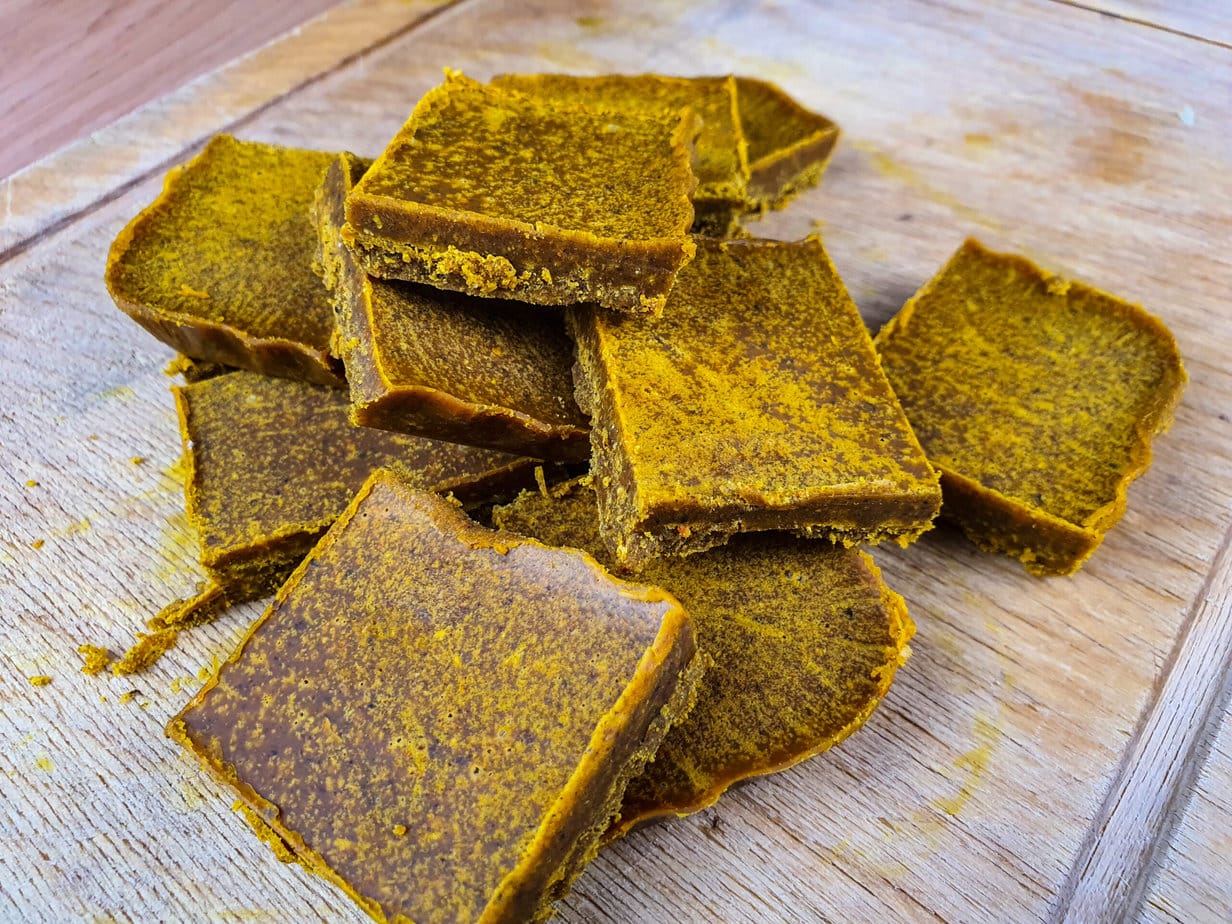
How to Make Japanese Curry
To make Japanese curry, you’ll need a large pan or wok. Heat a little oil over medium-high heat. Sauté the onion, add the meat, and brown it well. Lightly sauté the carrots and potatoes for 2 to 3 minutes before adding the Japanese curry roux (made with Japanese curry powder).
Add water, then stir in stock cubes, soy sauce, and sugar (or grated apple!). Mix well and bring to a boil, then lower the heat and simmer for about 20 minutes.
Check that the vegetables are tender and the sauce isn’t catching on the bottom. Season to taste. Japanese curry is usually served with white rice, but you can also pair it with noodles (especially soba or udon, which soak up the sauce!). It’s also great with cabbage salad or tempura for crunch. For an even more indulgent touch, add korokke (Japanese potato croquettes)
How to Store Japanese Curry?
Store Japanese curry in a cool, dry place, away from direct sunlight. Transfer leftovers to an airtight container and refrigerate to keep air and moisture out; they’ll keep for a few days.
If you’ve made a large batch, you can freeze it for later. When ready to eat, thaw it slowly in the refrigerator overnight before reheating.
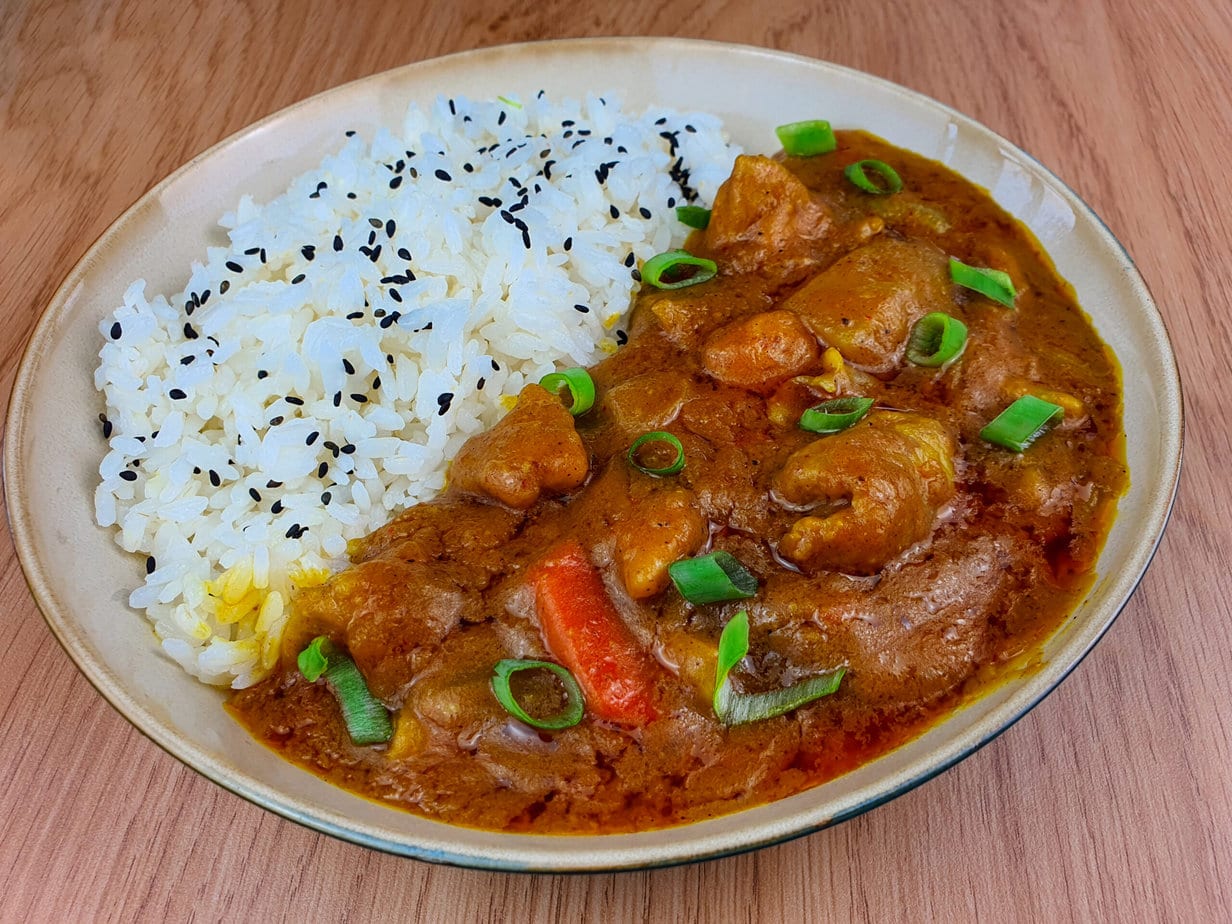
Ingredients
- 700 g boneless chicken thighs You can also use beef, pork, seafood, tofu, mushrooms, or extra vegetables.
- 1 pinch salt
- 1 pinch black pepper
- 2 carrots
- 2 onions
- 3 potatoes
- 1 teaspoon grated ginger
- 2 cloves garlic
- 0.5 apple
- 1.5 tablespoons neutral cooking oil
For the curry
- 1 liter chicken broth
- 1 tablespoon honey
- 1 tablespoon light soy sauce
- 1 cherry tomato crushed
- 0.5 teaspoon sugar
- 0.5 teaspoon rice vinegar
- 230 g Japanese curry roux
For serving
- 8 servings of cooked sushi rice
- fukujinzuke Japanese red pickles
Instructions
Prepare the ingredients
- Cut the onions into wedges. If you prefer, mince or thinly slice them so they melt into the sauce.2 onions
- Peel the carrots and cut them into rolling wedges (this is called rangiri in Japanese). This cut creates more surface area, helping the carrots absorb more flavor and cook faster.2 carrots
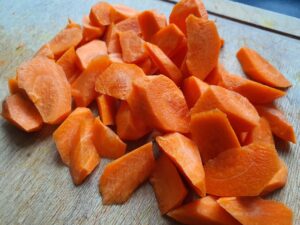
- Peel the potatoes. Cut each potato into quarters. Soak in water for 15 minutes to remove excess starch.3 potatoes
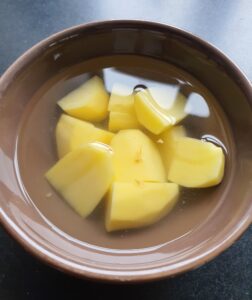
- Grate the ginger. You will need 1 teaspoon of grated ginger, including the juice. Mince the garlic and set aside.1 teaspoon grated ginger
- Cut the apple into quarters, remove the core, and peel.0.5 apple
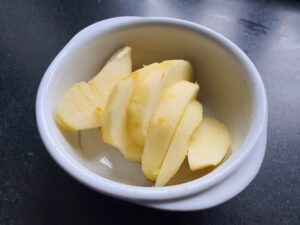
- Grate the apple.0.5 apple
- Cut the chicken into bite-size pieces. For faster cooking, cut on a diagonal (sogigiri in Japanese) to create more surface area and flatten each piece. Season with salt and pepper.700 g boneless chicken thighs
Cook the curry
- Heat the oil in a large pot over medium heat, then add the onion.
- Sauté the onions, stirring occasionally, until translucent and tender, about 5 minutes. Do not stir too often or they won’t develop a golden color. Cooked onions add incredible flavor, so do not skip this step.
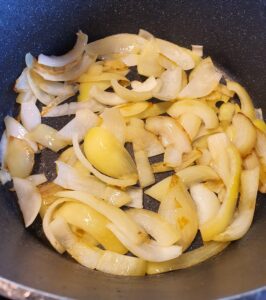
- Add the minced garlic (a garlic press gives a finer texture) and the grated ginger; stir well.
- Add the chicken and cook, stirring frequently, until no longer pink on the outside. If the onions brown too much, temporarily reduce the heat to medium-low.
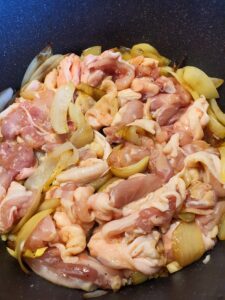
- Add the chicken broth. Alternatively, use water, or half broth and half water.
- Add the grated apple, honey, soy sauce, sugar, tomato, and vinegar.
- Add the carrots and potatoes. The broth should just barely cover the ingredients. Don’t worry; we don’t want too much liquid at this stage, and extra liquid will be released from the meat and vegetables.
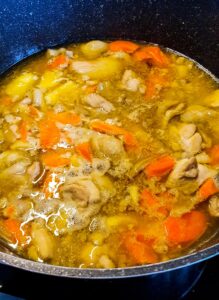
- Simmer, covered, over medium-low heat for 15 minutes, stirring occasionally. Simmer uncovered if the ingredients are completely submerged in the broth.
- Once it comes to a boil, use a fine-mesh strainer to skim the scum and foam from the surface of the broth.
- Continue cooking, covered, until a wooden skewer slides easily through the carrots and potatoes.
Add the curry roux
- Turn off the heat. Put 1–2 cubes of roux into a ladleful of the cooking liquid, let it dissolve slowly with a spoon or chopsticks, and stir it back into the pot to incorporate. Repeat with the remaining blocks, 2 cubes at a time.
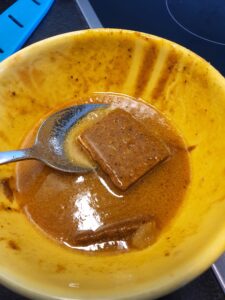
- Simmer, uncovered, over medium-low heat, stirring frequently, until the curry thickens, about 5 to 10 minutes. If the curry is too thick, add water to thin the sauce. When stirring, make sure nothing is stuck to the bottom of the pot; otherwise, it may burn.
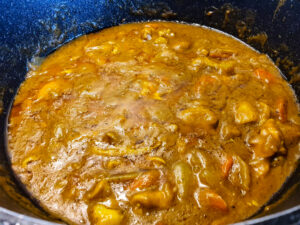
- If you used homemade curry roux (which contains no salt), taste the curry and add salt to your liking. Tip: The amount of salt varies depending on the brand of chicken broth and the condiments you added, so taste and adjust the seasoning yourself.
Serve
- Serve the curry with steamed sushi rice. If you like, garnish with fukujinzuke.
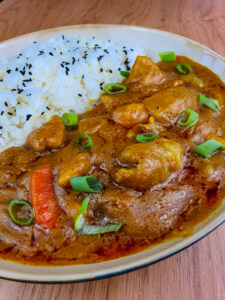
Store
- Store leftovers in an airtight glass container (so no staining!) and refrigerate for up to 3 days or freeze for up to 1 month. The texture of the potatoes will change in the freezer, so remove them before freezing. When reheating, add 60–120 ml of water to thin the sauce.
Notes
Nutrition
Culinary Sources
This recipe was inspired by the brilliant English-language blog Just One Cookbook.
